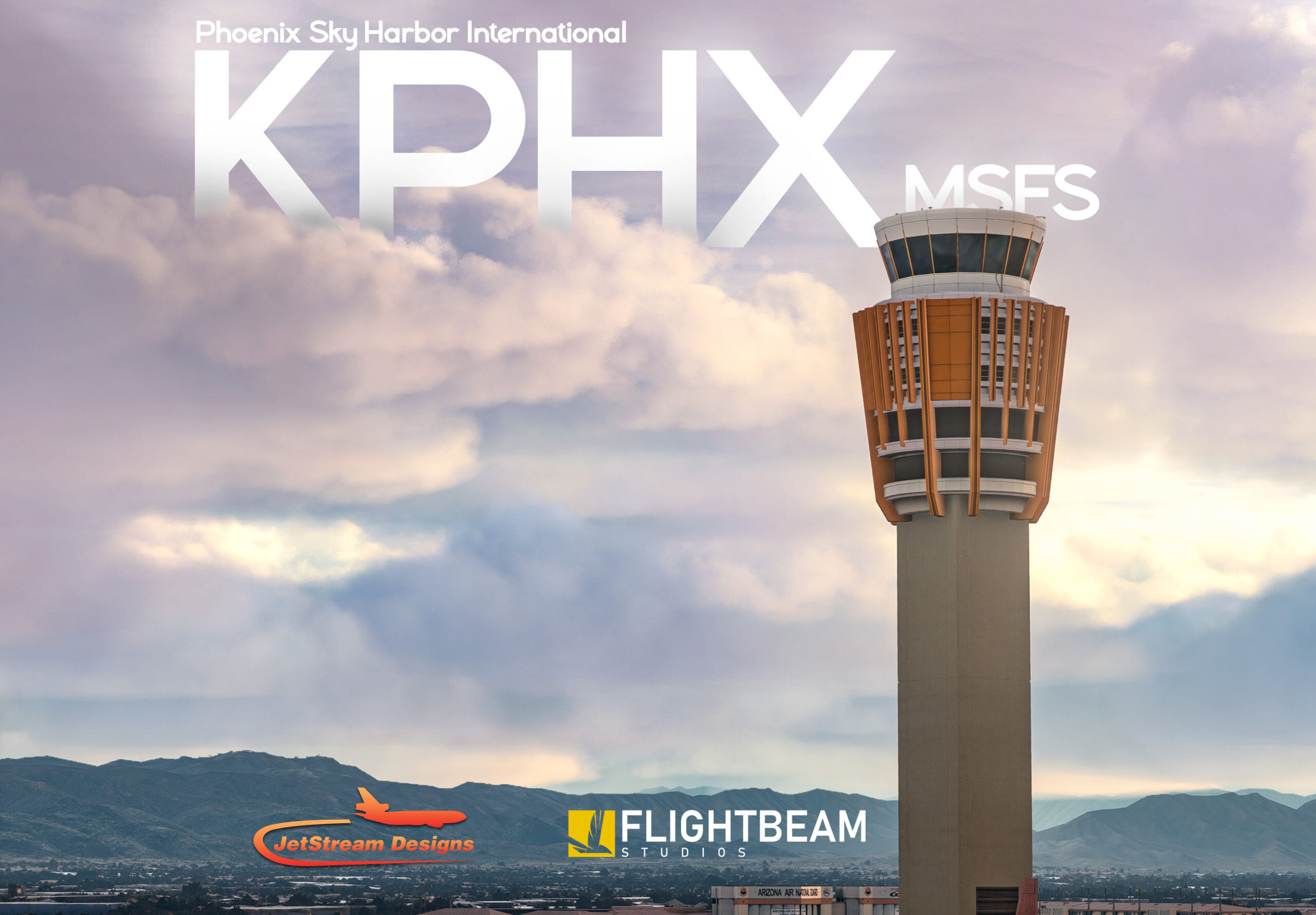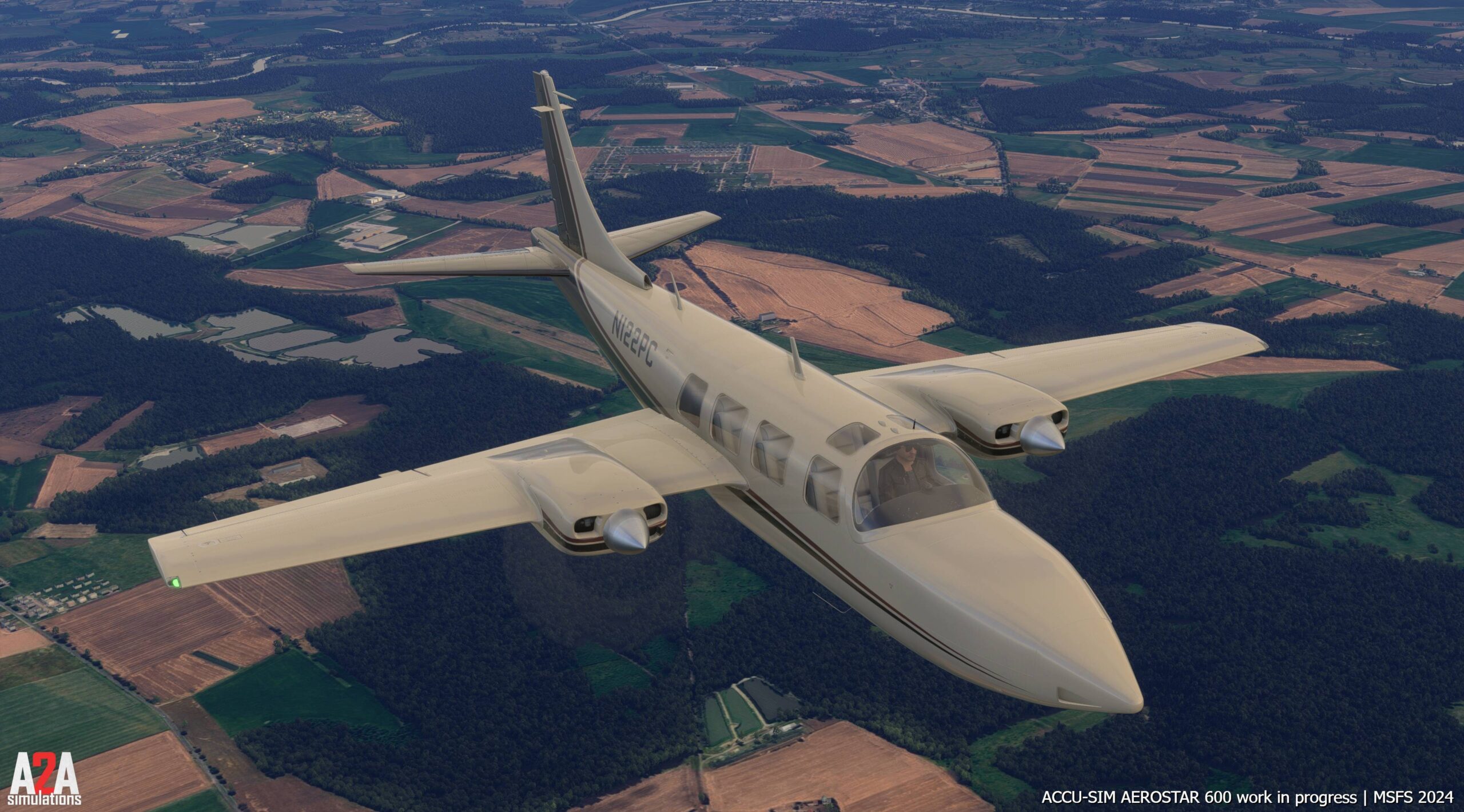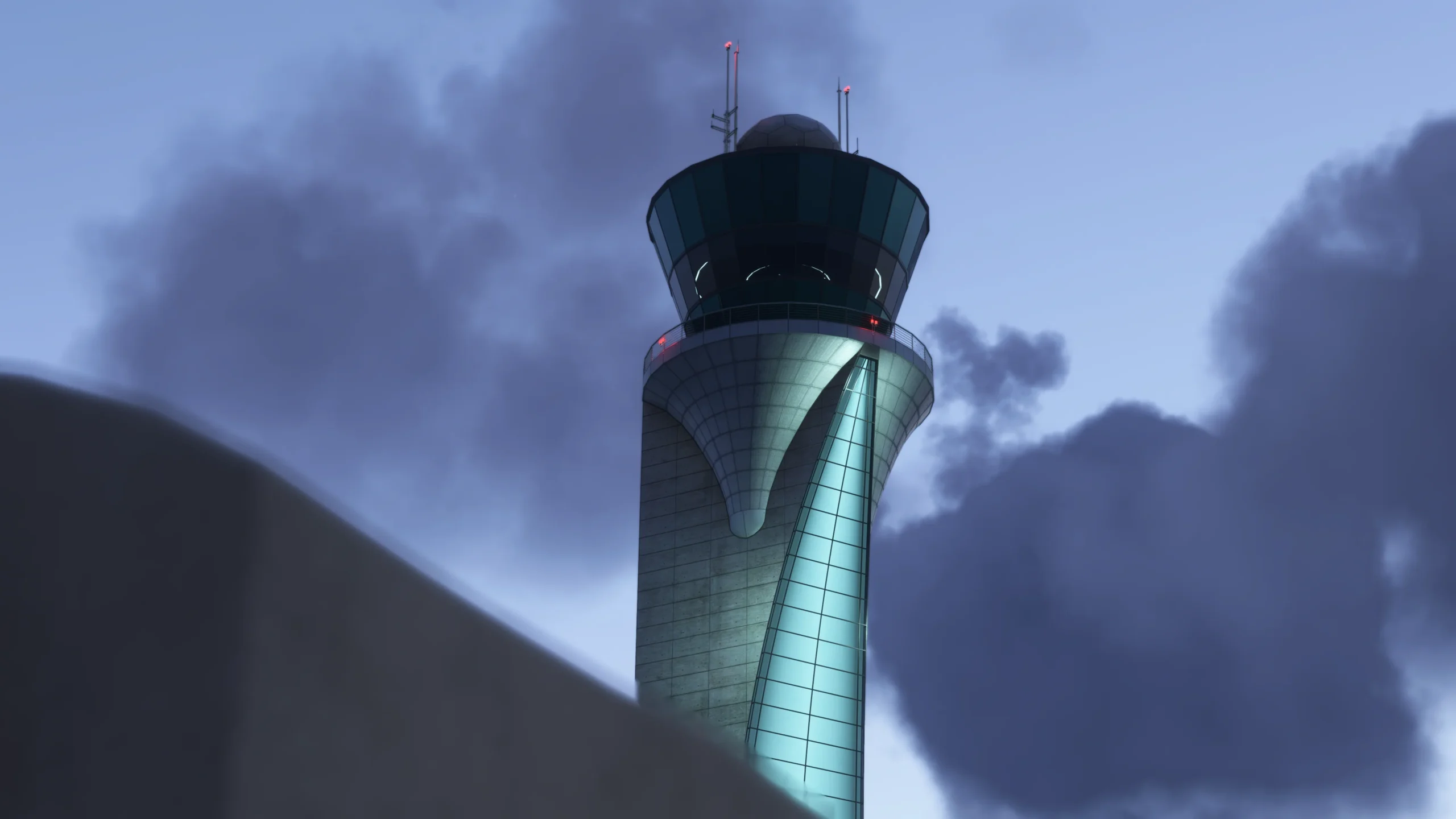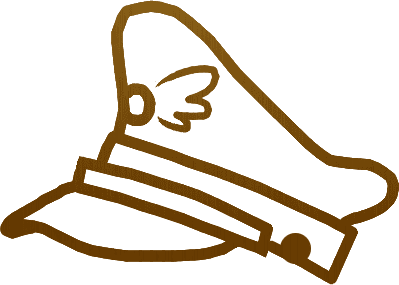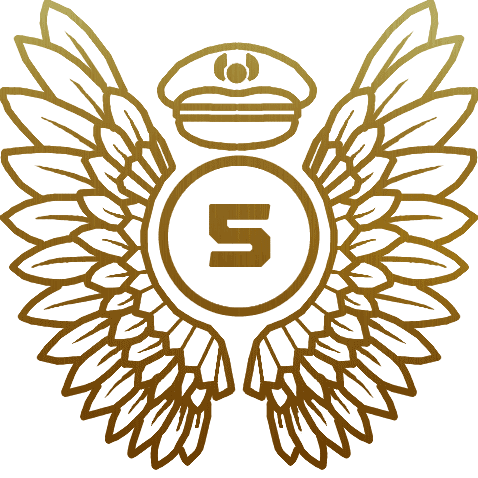The development team of FlyByWire, responsible for their famous freeware A320 NEO enhancement for Microsoft Flight Simulator, has shown models and textures of their upcoming Airbus A380 add-on for the same simulator.
The team has shown these previews in an individual YouTube video, where the lead texture and model developer Mike showcased internal and external aspects of this beautiful aeroplane in development.
Texturing
First and foremost, Mike started with the texturing of the A380X project. As seen in the first minute of the video, the team has dedicated a lot of time and precision to the cockpit textures. There are various scratches and PBR materials used inside the cockpit. The PBR materials are accurate enough to give a good representation of the wear of the materials. There are oil stains on the buttons and scratches on the pedestal and around the knobs.


Mike also showcased how the texturing is done to immerse the end user as significantly as possible. The lighting of Microsoft Flight Simulator and great SDK helps the team determine texture maps and grids, making the cockpit textures accurate and in-depth.
Furthermore, the cockpit wear can be determined by the used livery. There are going to be a number of texture sets livery developers can use to make their livery and its cockpit as accurate to real life as possible.
Modelling
The whole modelling of the Airbus A380 for Microsoft Flight Simulator is done through a freeware program called Blender. This is because there is a plethora of modelling modifiers in this rendering program and Microsoft Flight Simulator allows exporting from Blender with these modifiers. These modifiers help the development team to make the model as precise as possible, with no jagged lines or low-polygon parts of the cockpit. This would be noticeable easily, even by an inexperienced eye.


Exterior
Both exterior modelling and texturing got the same amount of love as the cockpit. This can namely be seen on the landing gear wheels. There, we can see the difference in the materials. Modelling is also precise and detailed with even the text on the tire being 3D.


Engines also have a glossy or matte finish, depending on the material used. Lastly, the animations, such as wing flex and engine wobbling are present, despite the aircraft still being in early development.
If you would like to learn more about this A380 for Microsoft Flight Simulator, you can read our different article here, covering in-game footage of the aircraft.
Feel free to join our Discord server to share your feedback on the article, screenshots from your flights or just chat with the rest of the team and the community. Click here to join the server.

